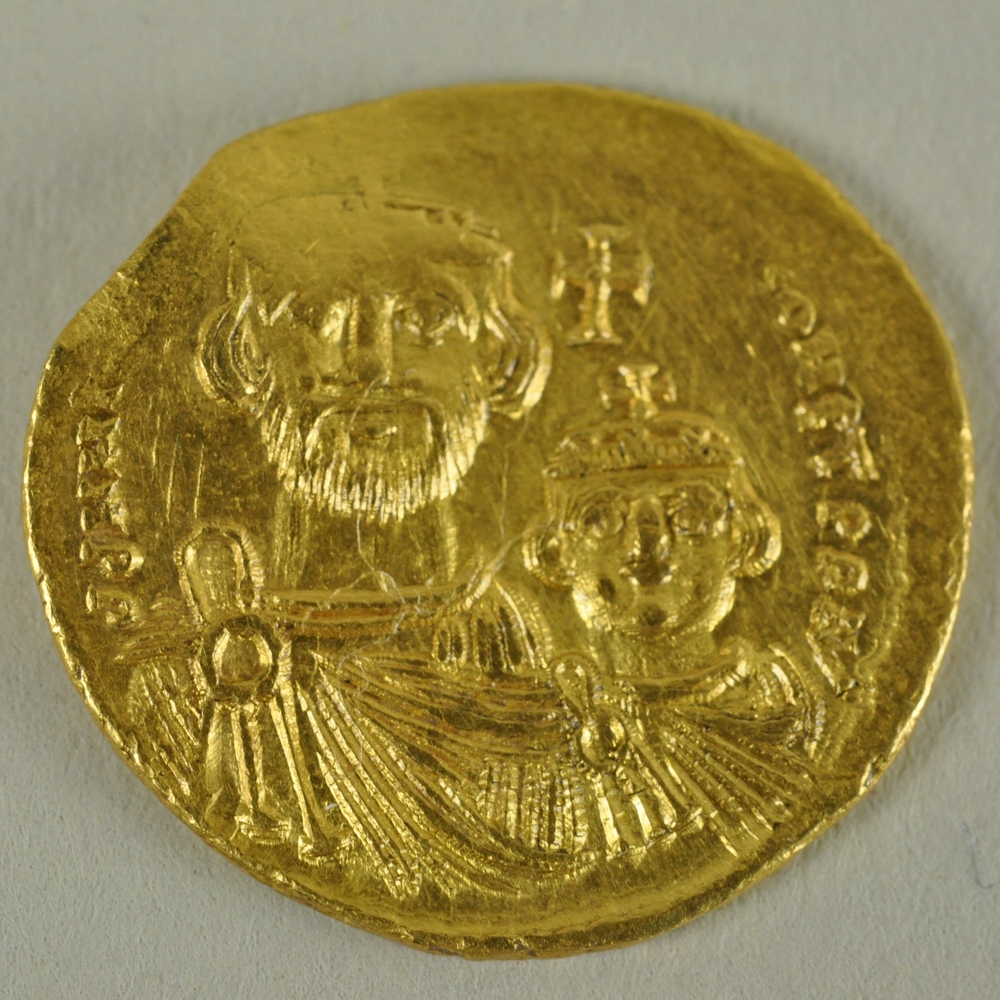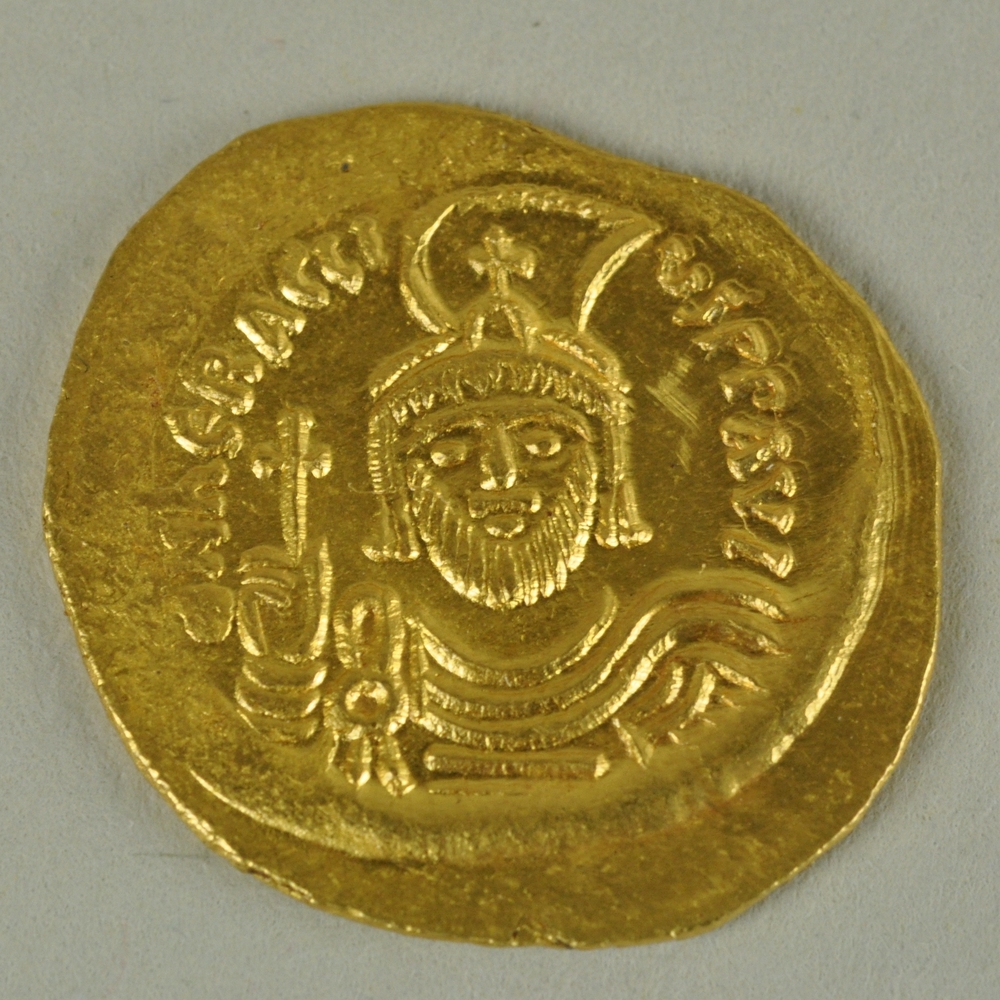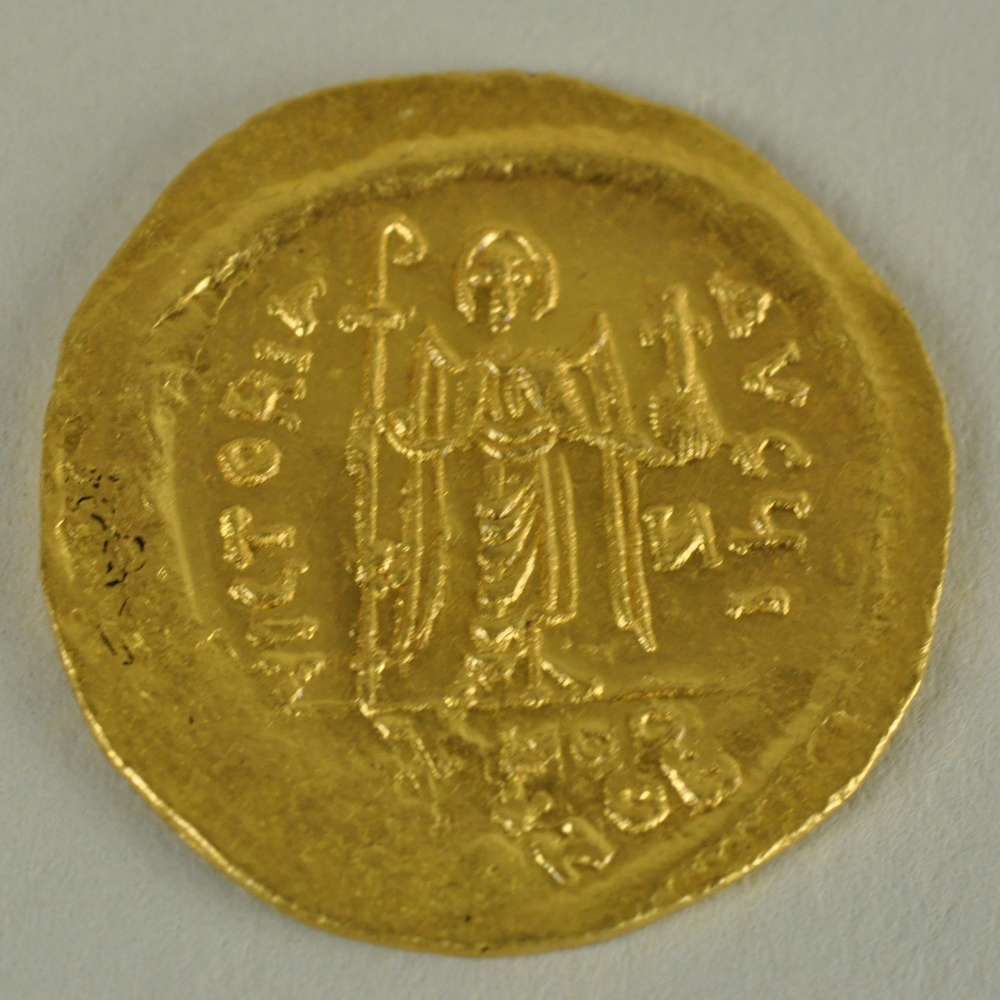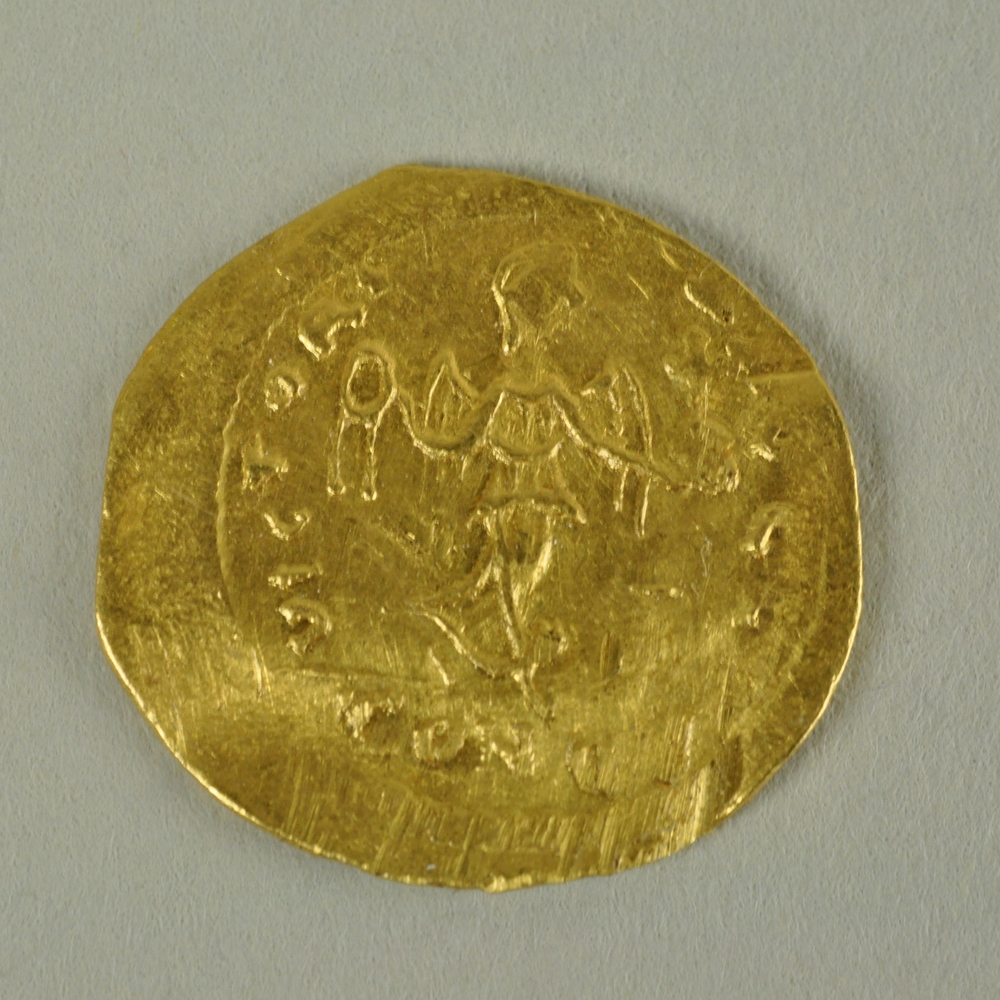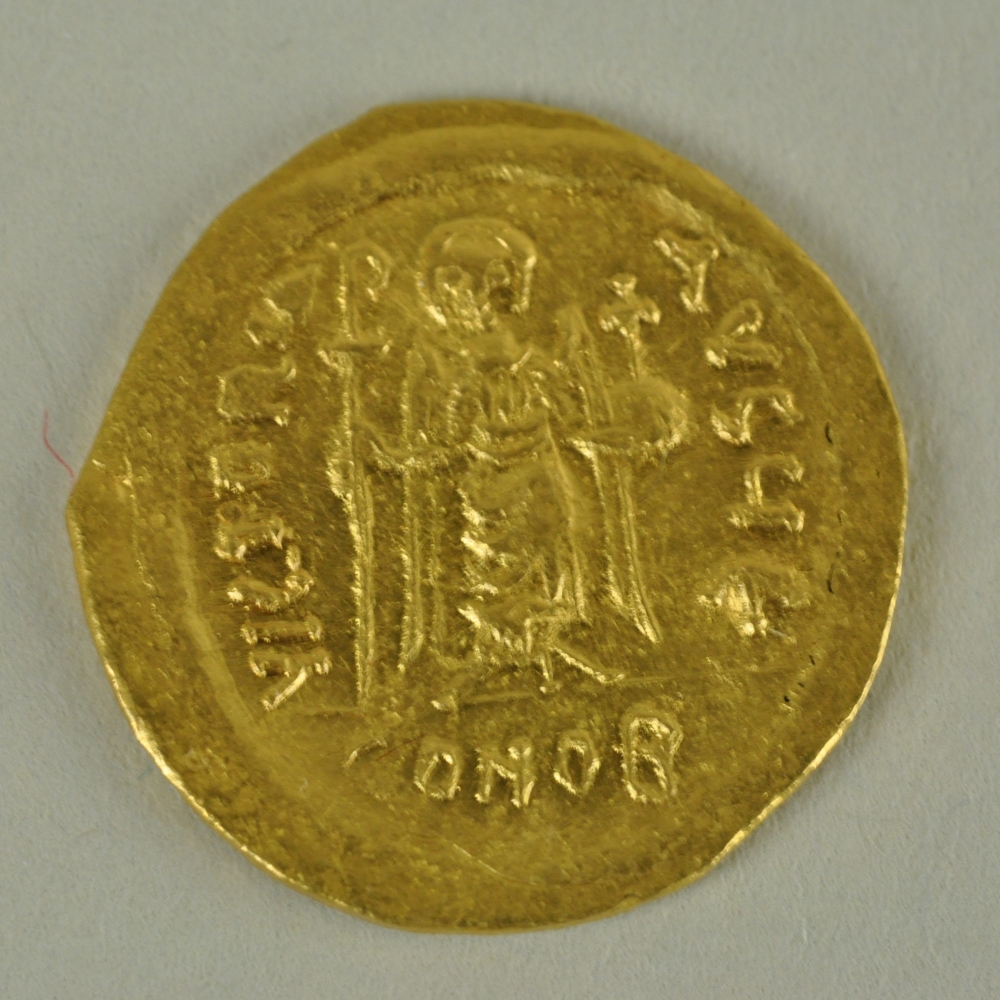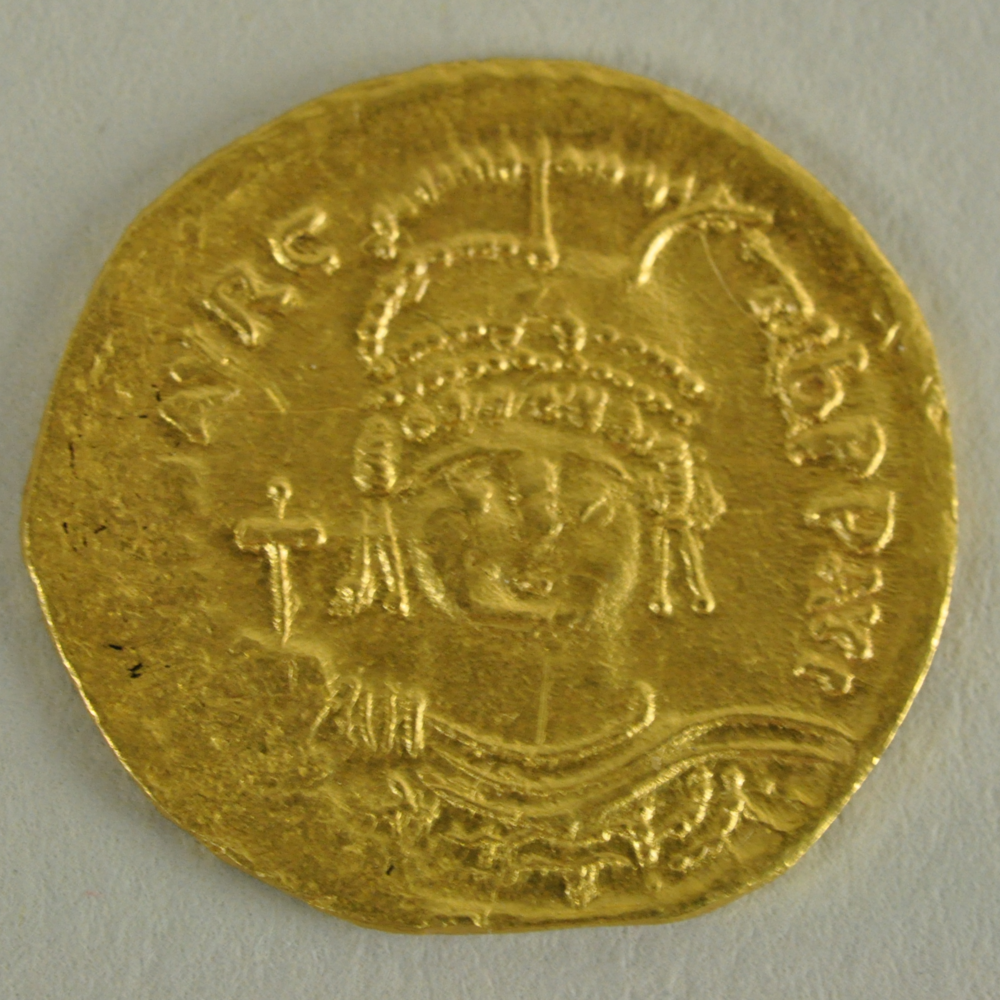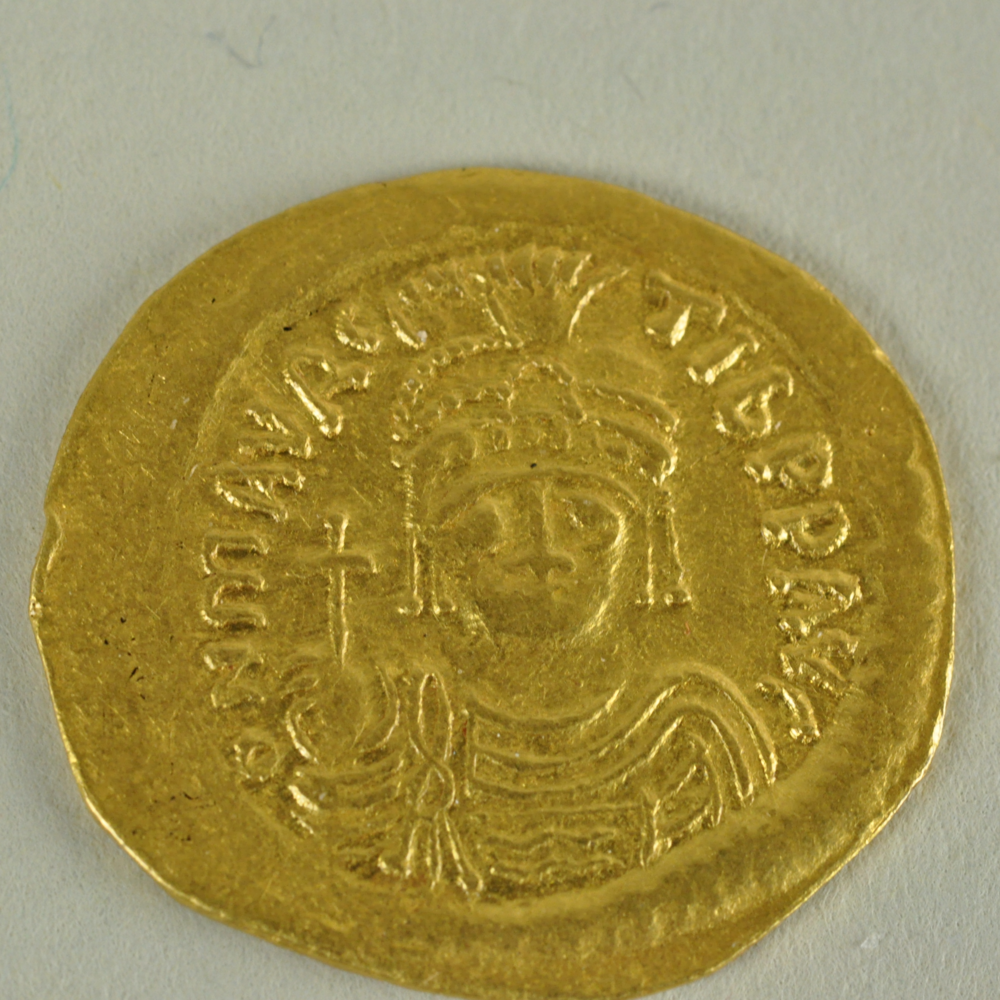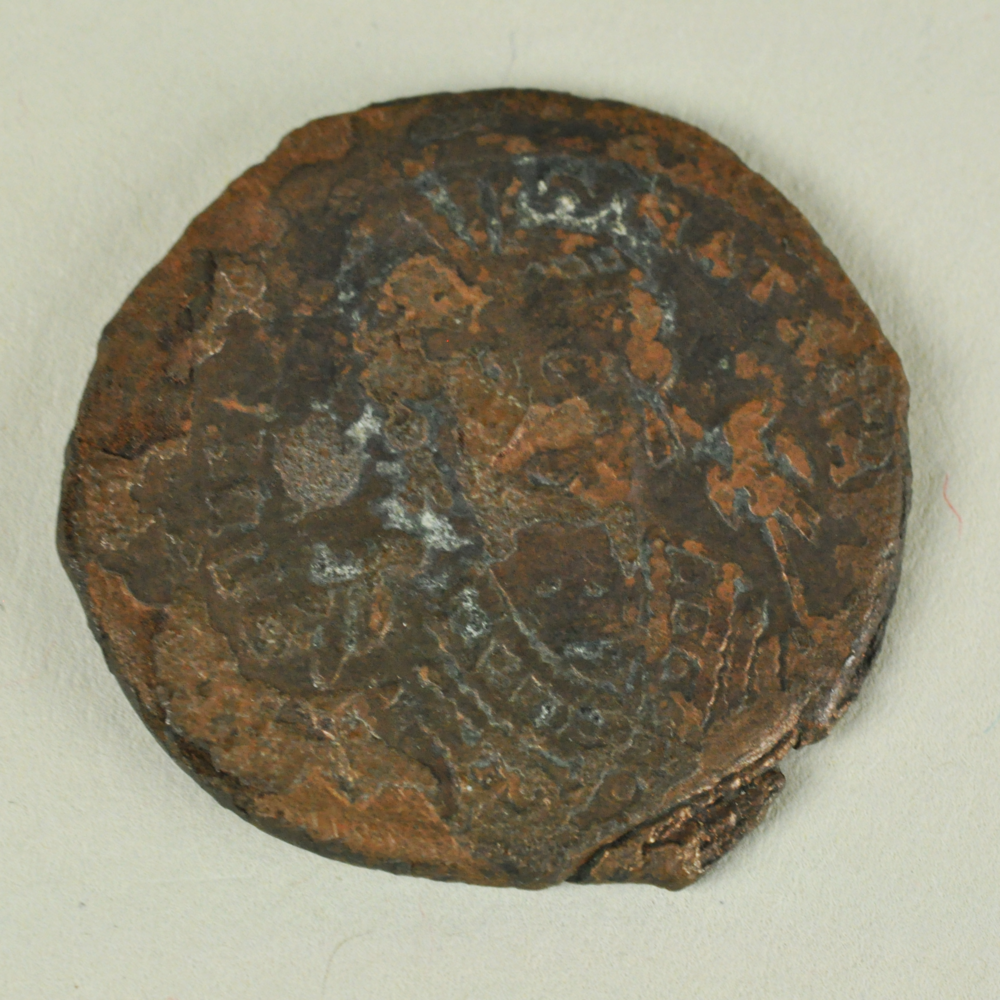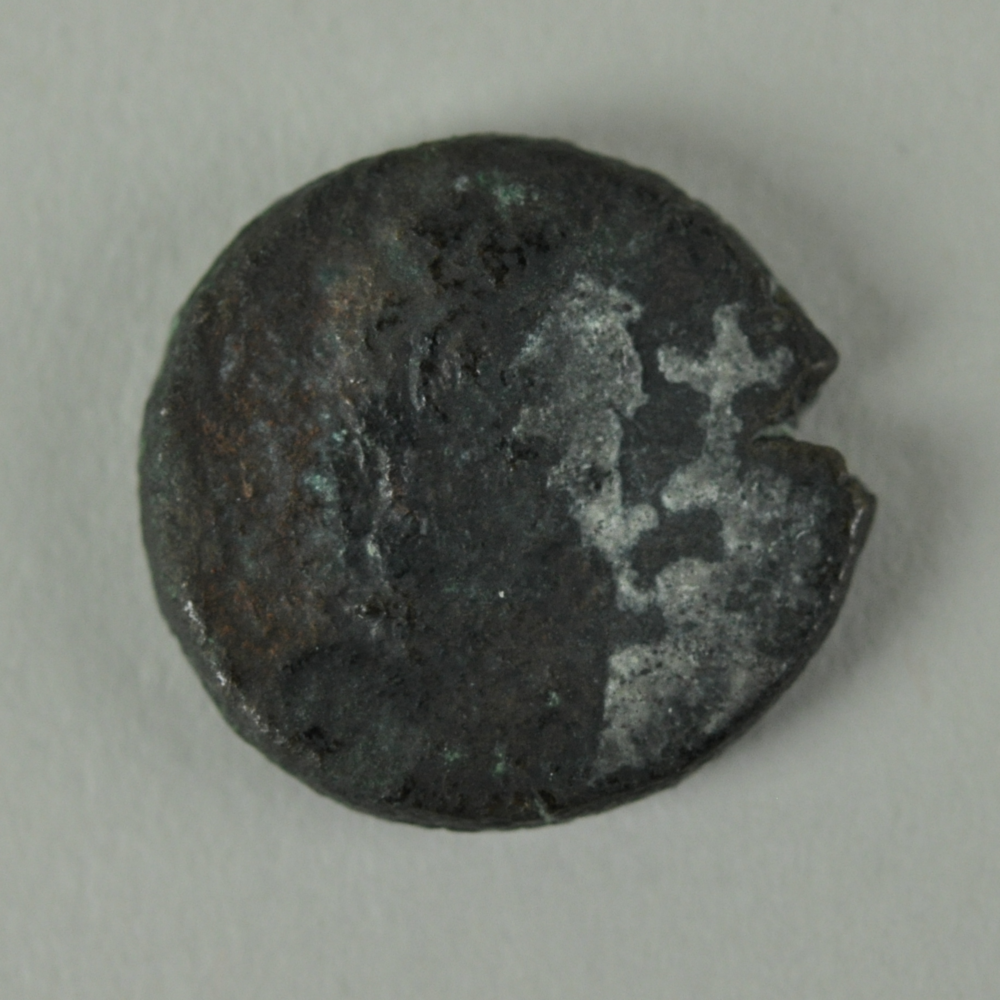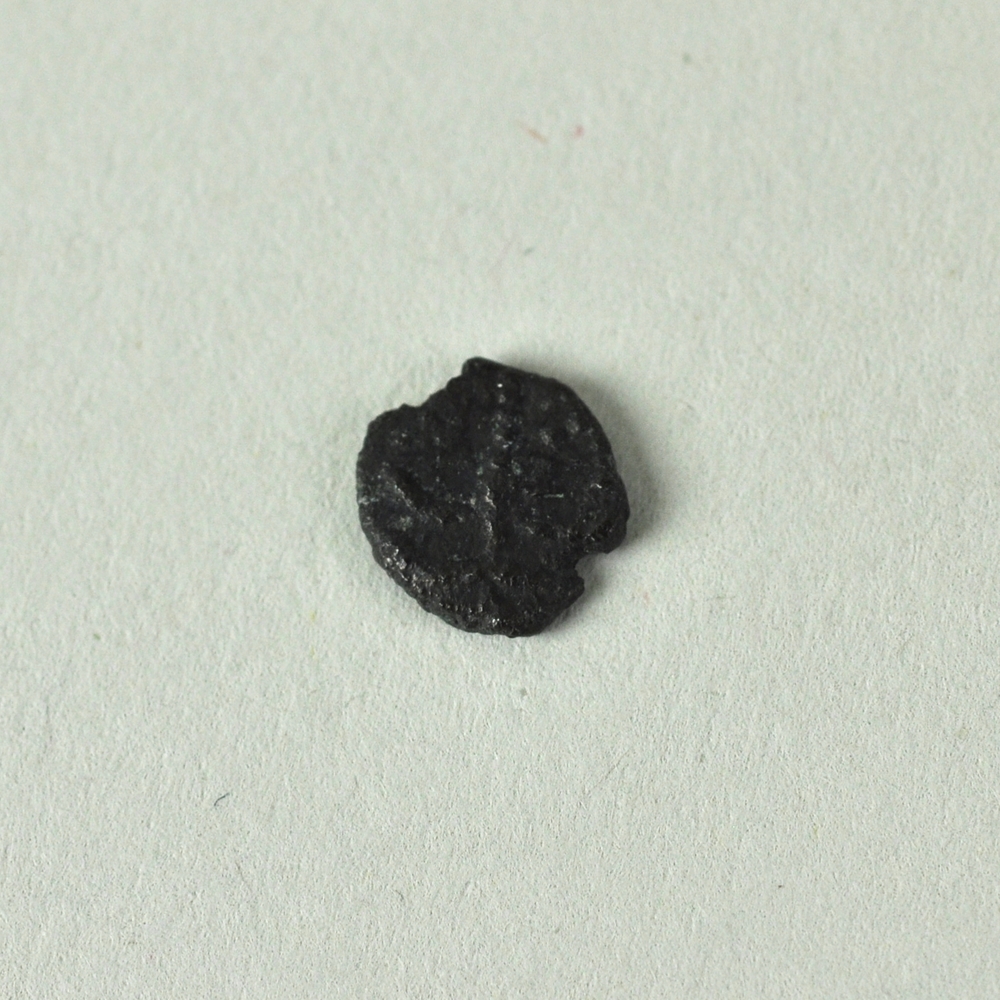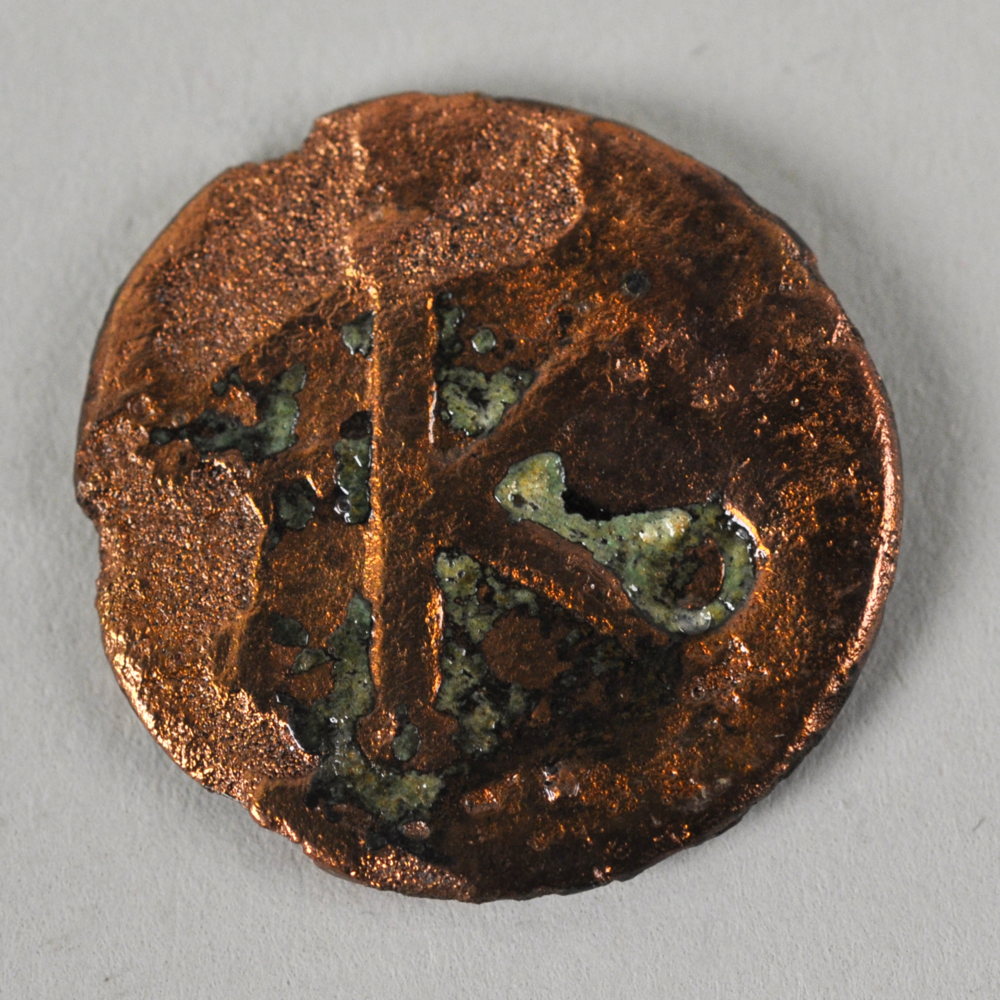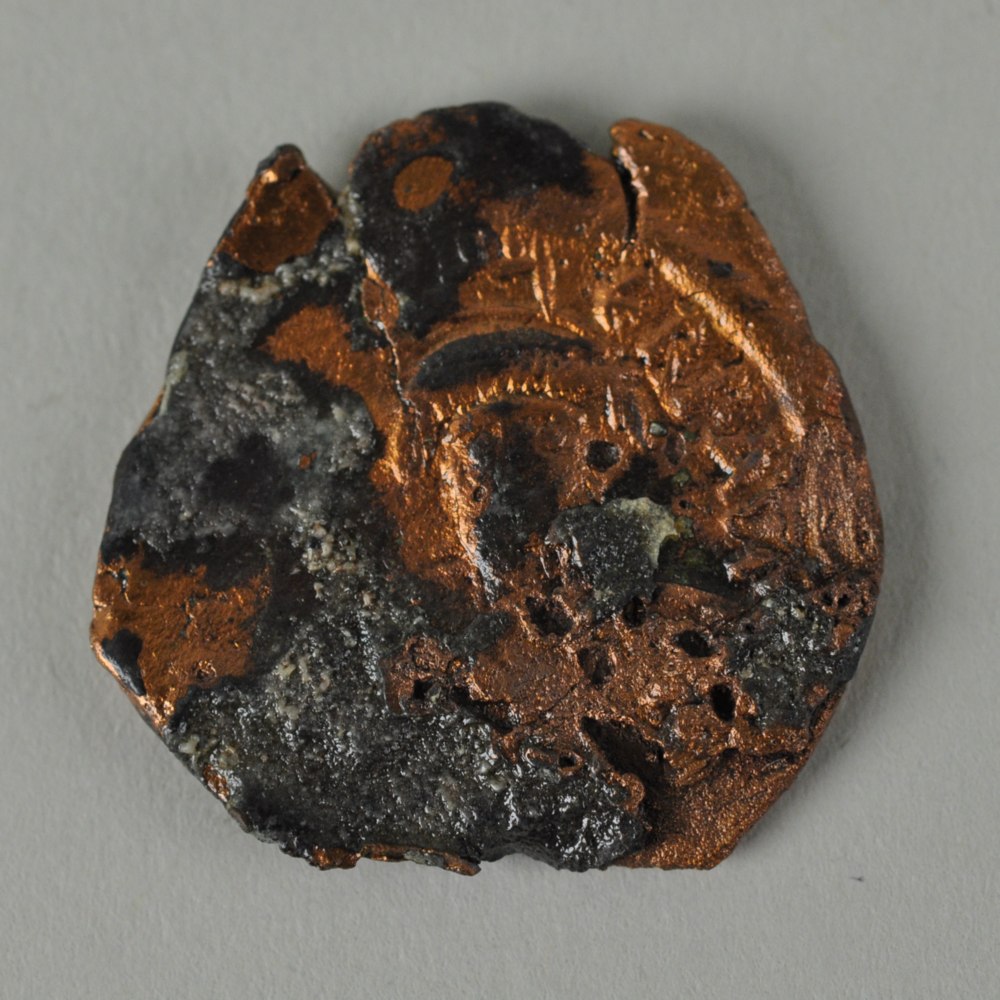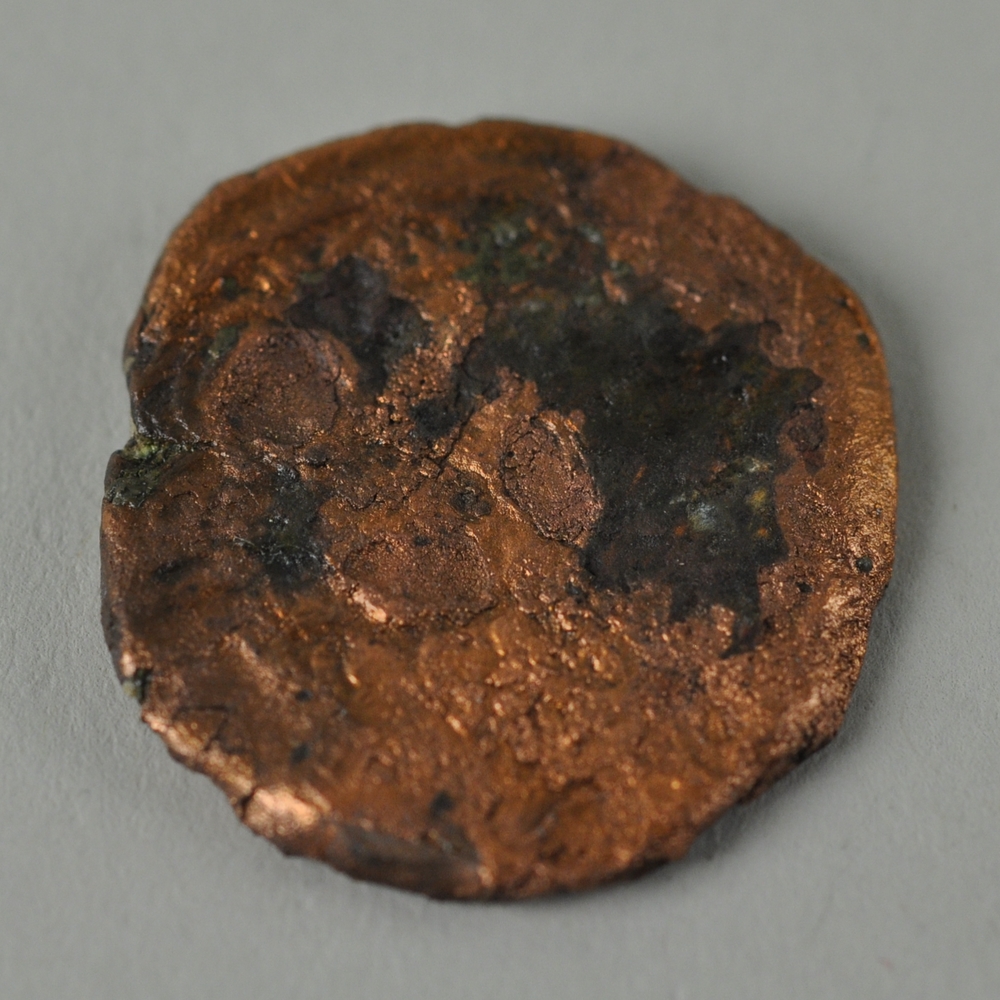Coins at Beth Shean
The numismatic evidence at Beth Shean gives a sense of a trade system connected with a larger Mediterranean economy. While the majority of the identifiable coins of the Byzantine period come from Constantinopolitan mints (designated with mintmark CONOB), several originated from Antioch or Nicomedia. In contrast to the majority of local goods discovered in the excavations, which point to Galilean production of glassworks, ceramic vessels, and agricultural crops, the coins demonstrate an interaction with the wider Byzantine world.
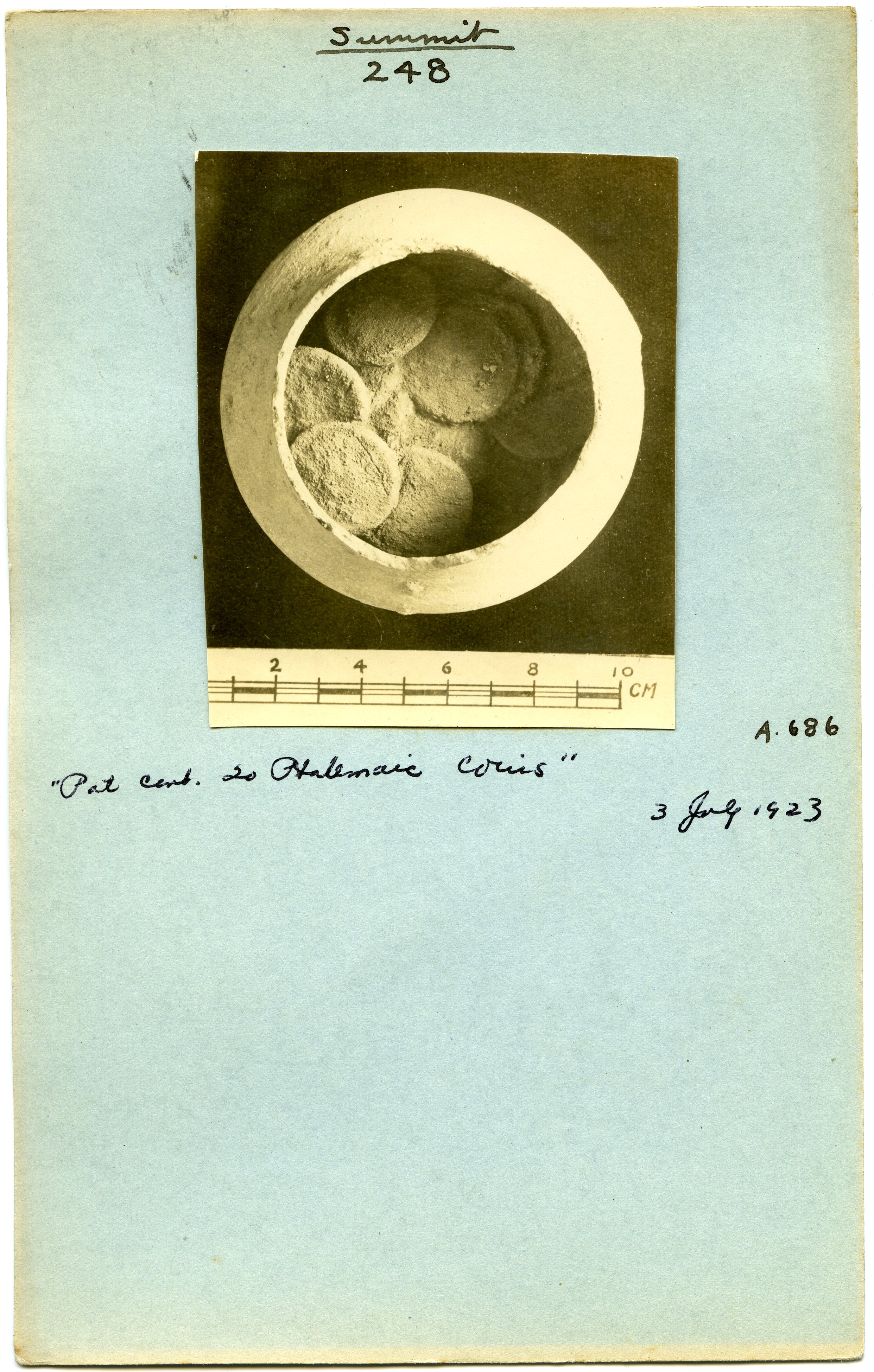
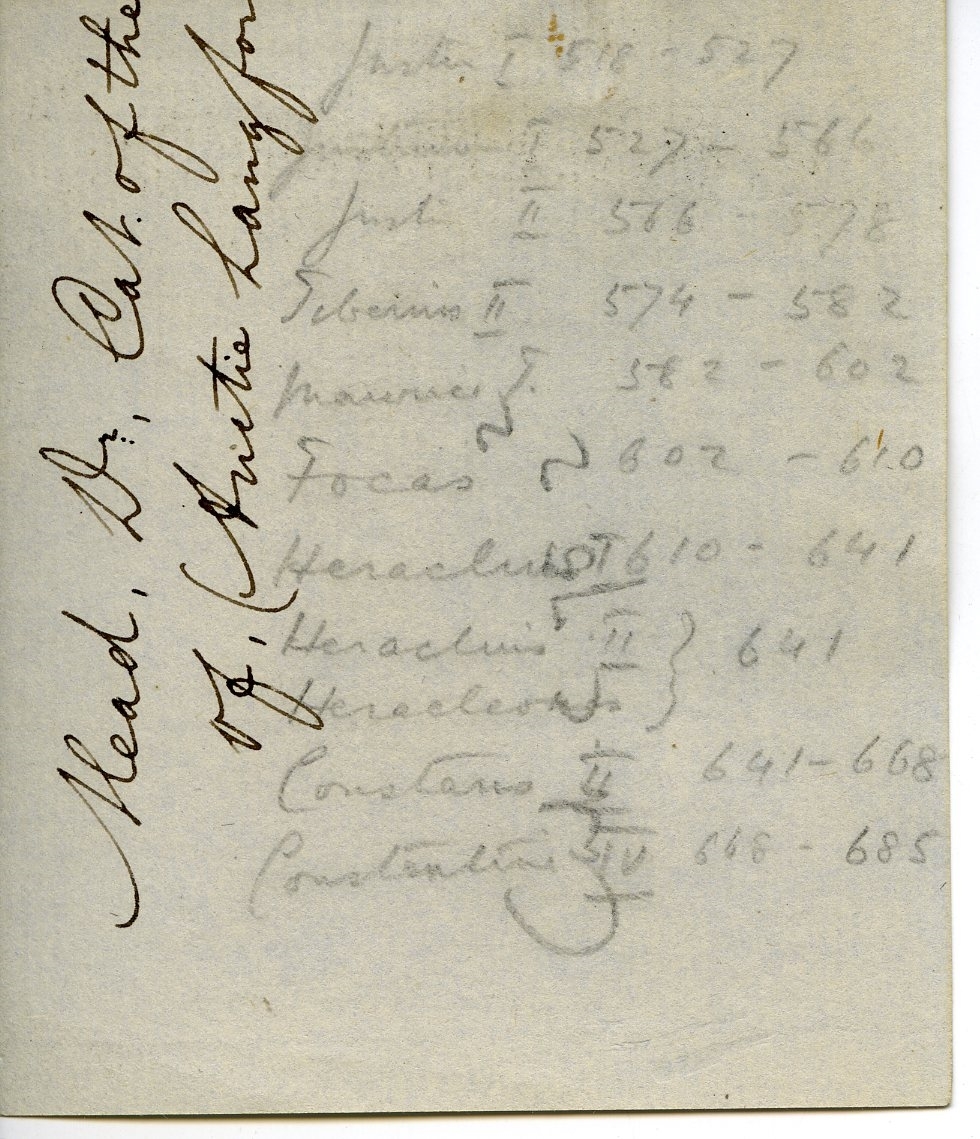
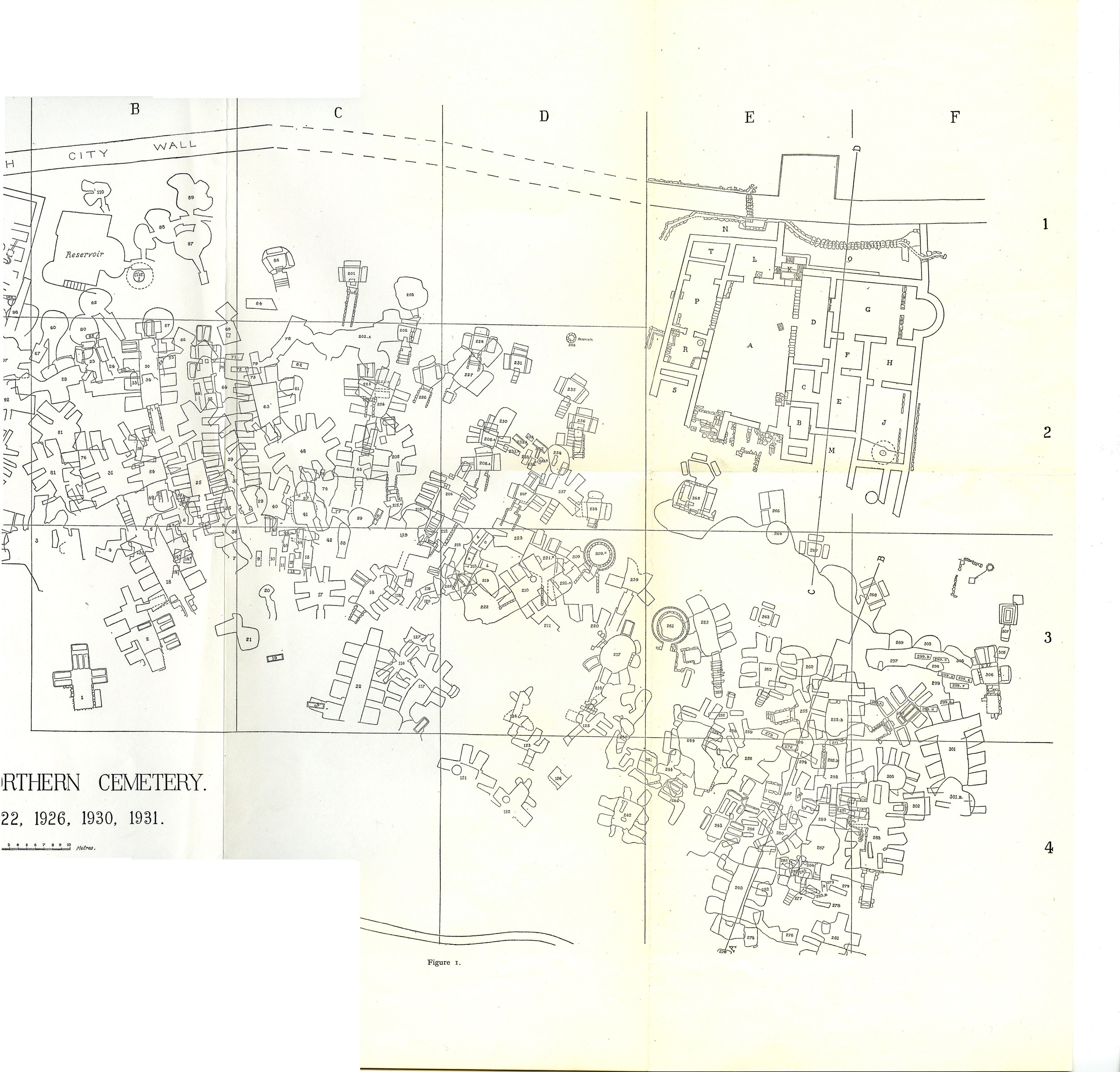
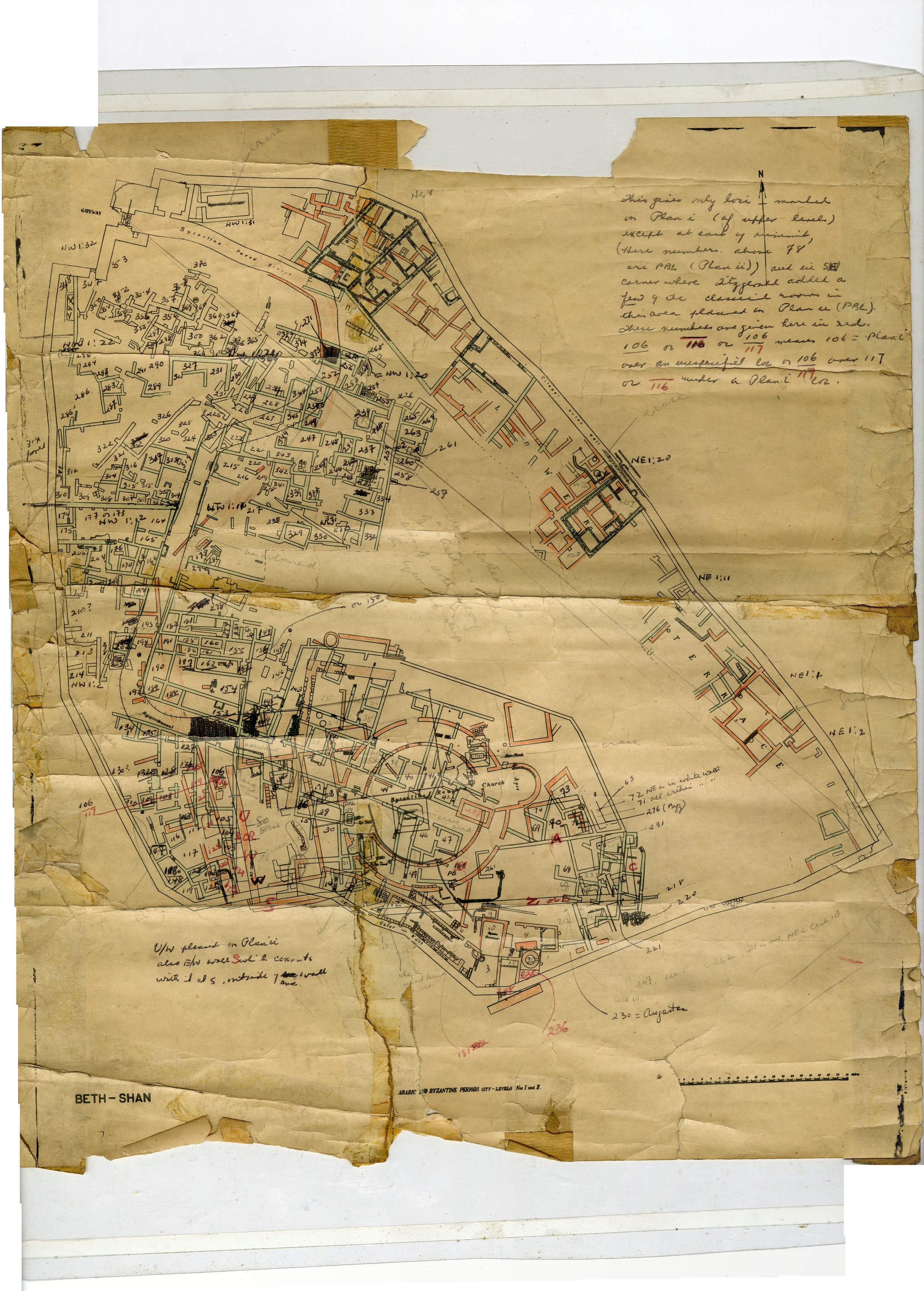
The context of the Late Antique coins in the Penn Museum’s collection varies between funerary and commercial find-spots, with the most valuable gold coins coming from locations associated with burials, while bronze and copper coins were found in both funerary and commercial settings. Only one gold coin of the Emperor Phocas, now in the Rockefeller Museum, was discovered in a domestic space on the Tel. The majority of coins excavated by the University of Pennsylvania were found in burial chambers in the Northern Cemetery. More recent excavations by the Hebrew University of Jerusalem (1989-1996) have uncovered 370 coins on the Tel, of which 9 are identifiably Byzantine and 9 are Arab-Byzantine or Umayyad. Other coins, usually of the smallest denominations for ease of daily transaction, have been unearthed in commercial spaces from the Byzantine and early Islamic levels in the city center.
The Monastery Hoard
One of the most exciting discoveries of UPM's campaign was the discovery, in 1930, of a hoard of ten gold solidi found along with a precious gold necklace, a gold bracelet, and a steelyard counterweight as a hoard in Room H of the Our Lady Monastery, located in the Northern Cemetery. The latest coins date to the reign of Heraclius (r. 610-641), giving a terminus post quem to the collection. The manner in which these valuable objects were buried suggest they were hidden for safekeeping during the Arab "conquest" in 635, with the intention of being returned.
FitzGerald's Field Diary from October 19, 1930, the day the gold coin hoard was discovered in the Our Lady Monastery.

